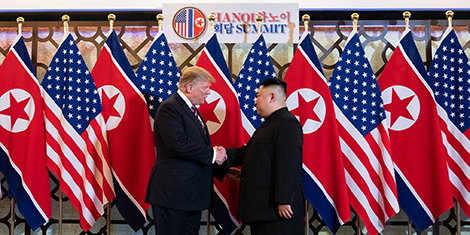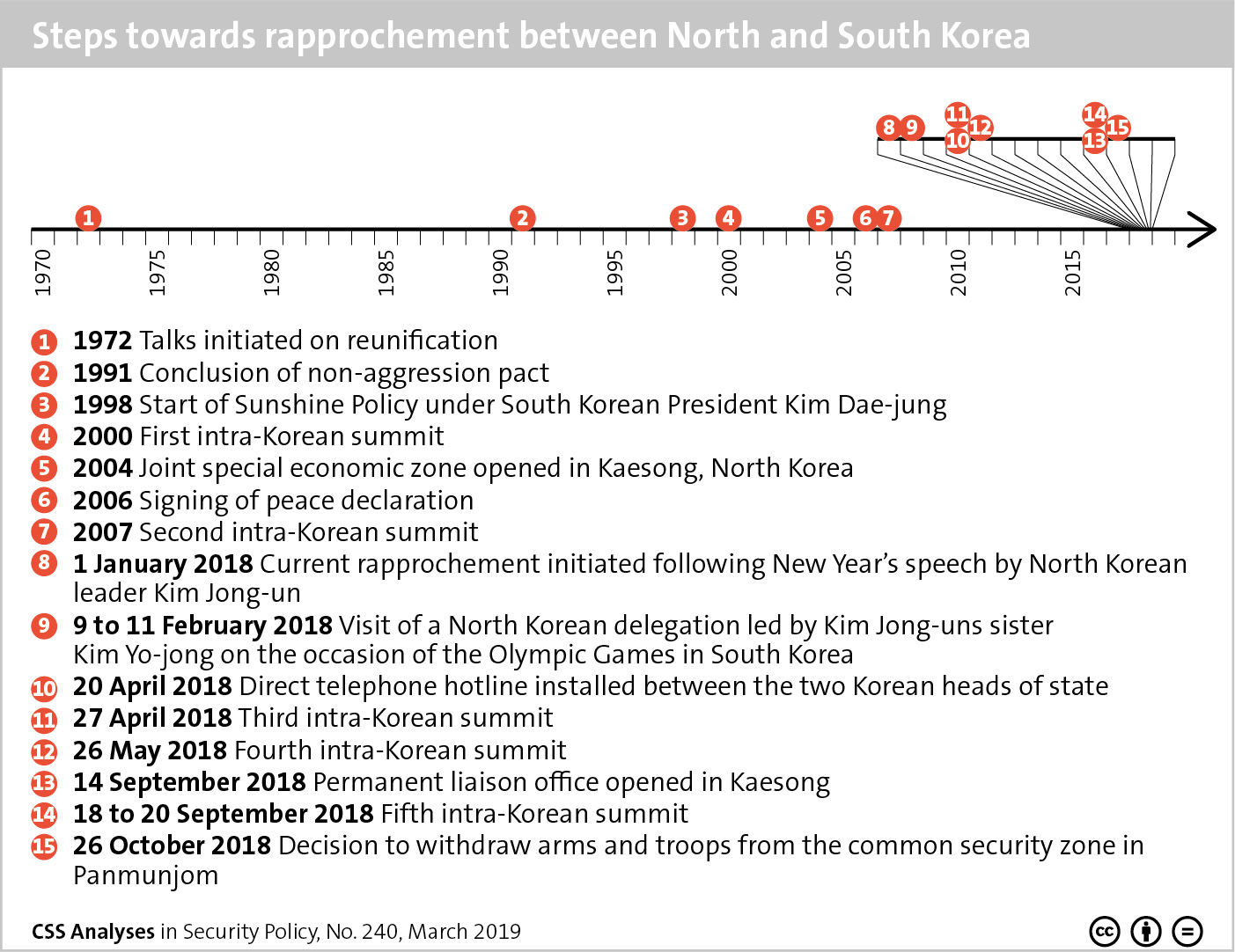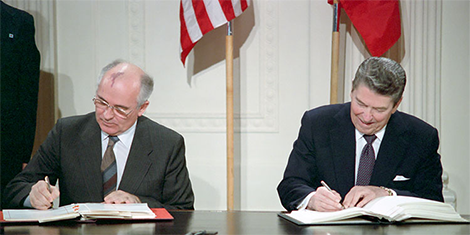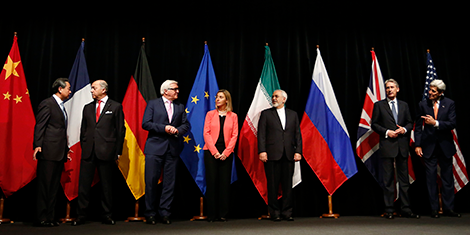
This article was originally published by War on the Rocks on 6 March 2019.
The second nuclear summit between President Donald Trump and North Korean leader Kim Jong Un ended abruptly last week with no deal and no plan for North Korean denuclearization. When asked how he had discussed the matter with Kim, Trump responded by noting, “denuclearization is a very important word, has become a very well-used word. A lot of people don’t know what it means but to me it’s pretty obvious we have to get rid of the nukes.”







